What is the difference between two-piece boxes and one?
Confused about box types? Choosing the wrong box wastes time and money. Let's break down the basics so you can pick the right one for your needs.
A two-piece box has a separate lid and base that fit together, like a shoebox. A one-piece box is made from a single piece of material, folded into shape, often with an attached lid.

Understanding this basic difference is a good start. But there's more to consider when you're producing high-quality packaging, especially the kind our machines at Kylin help create. Let's explore some related questions to give you a fuller picture.
What is double vs single walled boxes?
Worried about products getting damaged in transit? Weak boxes can lead to crushed goods and unhappy customers, hurting your brand's reputation. Discover the stronger option.
Single-walled boxes have one layer of corrugated fluting between paper liners. Double-walled boxes feature two layers of fluting, offering significantly more strength and protection, ideal for heavier items or stacking.
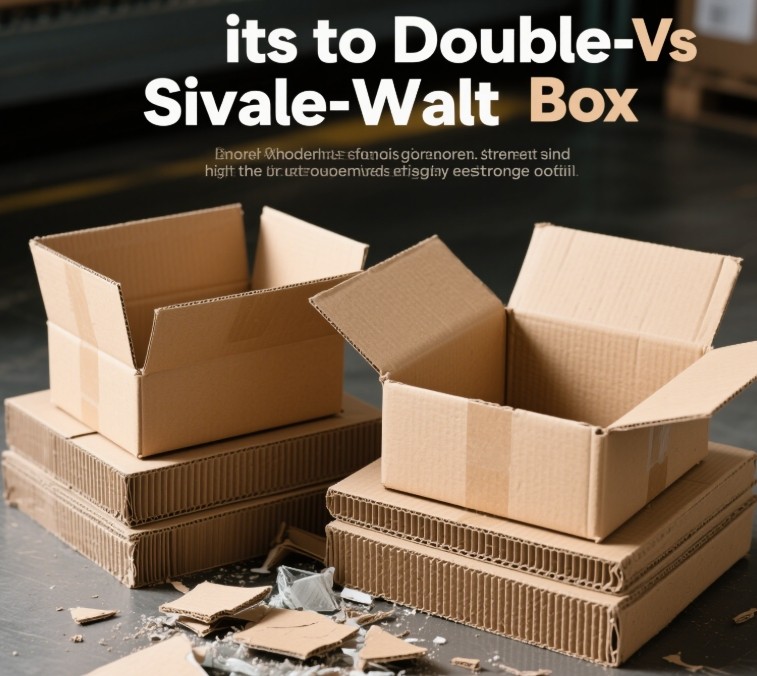
Diving Deeper into Box Strength
While my company, Kylin Machine, focuses on machinery for producing high-end rigid boxes – the kind used for luxury goods, electronics, and gifts – understanding the shipping container is also important for our clients. The beautiful rigid box needs to arrive safely.
When to Use Single Wall
Single-wall corrugated boxes are the workhorse for lighter items. Think clothing, smaller electronics, or items already in sturdy primary packaging. They are:
- Lighter weight, potentially reducing shipping costs.
- Less expensive to manufacture.
- Sufficient for products that don't require heavy stacking.
I remember a client shipping lightweight scarves; single-wall was perfectly adequate and cost-effective for their outer packaging.
When to Use Double Wall
Double-wall boxes provide superior protection. Choose them when:
- Shipping heavy items (e.g., small appliances, bulk products).
- Boxes will be stacked high in warehouses or during transport.
- Extra protection against bumps and drops is needed.
- Shipping fragile items that need more cushioning.
For businesses using our Kylin machines to create premium rigid boxes for items like high-end smartphones or perfumes, ensuring those boxes arrive pristine often means using double-wall shipping containers.
Impact on Premium Packaging Presentation
The choice of shipping box impacts the customer's unboxing experience. A crushed outer box detracts from the luxury feel of the rigid box inside.
| Feature | Single Wall Corrugated | Double Wall Corrugated | Rigid Box (Kylin Focus) |
|---|---|---|---|
| Structure | 1 Flute Layer | 2 Flute Layers | Thick Chipboard + Wrap |
| Strength | Standard | High | Very High (structural integrity) |
| Primary Use | Shipping Lighter Goods | Shipping Heavier Goods | Primary Product Packaging |
| Collapsible? | Yes | Yes | No |
| Feel | Utilitarian | Strong, Utilitarian | Premium, Luxury |
While Kylin machines create the inner premium box, understanding outer box needs helps ensure the final product delights the customer.
What's the difference between box and boxes?
Is simple grammar causing confusion in orders or specs? Using the wrong word can lead to mistakes and delays. Let's quickly clear this up.
"Box" is the singular form, meaning one container. "Boxes" is the plural form, meaning more than one container. It's a fundamental English grammar rule.

Why Precision Matters in Manufacturing
This might seem basic, but in the B2B world, especially in manufacturing and wholesale like we operate at Kylin Machine, precision is everything. A simple 's' can make a huge difference.
Importance in Orders
When a client contacts us from India, the USA, or Turkey, they need packaging machinery. If their purchase order says "1 Automatic Rigid Box Making Machine" versus "2 Automatic Rigid Box Making Machines", the meaning is drastically different. Similarly, when they specify their output needs – "produce 1000 boxes per hour" versus "produce 1 box per minute" – clarity is crucial for choosing the right Kylin model.
Impact on Production Planning
Internally, our production planning at Kylin relies on exact numbers. We manage a factory of over 120 workers producing around 60 sets of machines monthly. An order for "5 box machines" requires allocating resources very differently than an order for "1 box machine". Misinterpreting singular vs. plural could lead to significant scheduling errors or material shortages.
Communication Clarity
Clear communication prevents costly mistakes. Whether discussing machine capabilities, spare parts orders, or production output targets, using "box" and "boxes" correctly ensures everyone – our sales team, our engineers, our distributors, and our clients – is on the same page. In my experience, double-checking quantities and specifications, paying attention to singular versus plural, avoids many potential headaches down the line.
| Term | Meaning | Example Usage in Packaging |
|---|---|---|
| Box | One container | "Design a premium box for this new watch." |
| Boxes | More than one container | "We need 10,000 rigid boxes monthly." |
| "Kylin machines produce high-quality boxes." |
This simple distinction is fundamental for accurate quotes, orders, and production in the packaging industry.
What is the difference between cardboard and rigid boxes?
Looking for premium packaging but unsure of the terms? "Cardboard" often sounds basic, while "rigid" implies luxury. Understanding the difference is key to choosing the right packaging solution.
Cardboard boxes usually refer to corrugated fiberboard boxes – lightweight, often brown, foldable, and typically used for shipping. Rigid boxes are made from thick, dense paperboard (chipboard), wrapped in paper or other materials, are non-collapsible, and offer a premium look and feel.
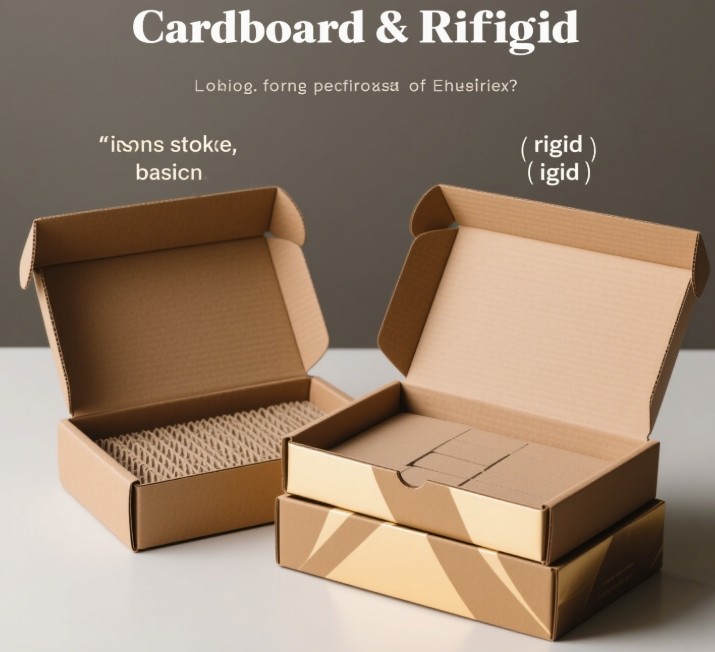
Diving Deeper: Cardboard vs. Rigid - A Core Distinction
This difference is absolutely central to what we do at Kylin Machine. We specialize in machinery for crafting high-quality rigid boxes. Let's break down the distinctions further.
Construction Materials
- Cardboard (Corrugated): Made from layers of paper – typically two flat liners sandwiching a wavy layer called fluting. This structure provides cushioning and strength relative to its weight. It's designed for protection during transit.
- Rigid Box: Starts with a dense, thick paperboard, often called chipboard or greyboard. This board is cut and scored, then stays are applied to form the structure. It's then wrapped with decorative paper, fabric, or other finishes.
Structural Differences
- Cardboard: Designed to be shipped flat and easily assembled or folded into shape. Its strength comes from the corrugated structure.
- Rigid Box: Constructed to be sturdy and non-collapsible. It holds its shape firmly, offering excellent protection and a substantial feel. Think of high-end smartphone boxes or luxury gift boxes.
Common Applications
- Cardboard: Primarily used for shipping boxes (outer cartons), retail displays, and some basic product packaging.
- Rigid Box: Used for luxury goods, cosmetics, electronics, jewelry, high-end confectionery, board games, and gift sets. The goal is presentation and perceived value.
Why Rigid Boxes Excel for Luxury Brands
Rigid boxes convey quality and value before the customer even sees the product. Their solid structure, fine finishes, and potential for features like magnetic closures or custom inserts create a superior unboxing experience. This is crucial for brands in cosmetics, electronics, and luxury retail.
Kylin Machines: The Rigid Box Solution
Our machines at Kylin are specifically designed for the complex process of manufacturing rigid boxes efficiently and precisely. From automatic rigid box makers to robotic spotting systems (like our Robotic Spotter and Hybrid models) that ensure perfect wrap placement, we provide the technology our clients in the Graphic Arts and Paper Converting industries need to produce these premium packaging solutions.
| Feature | Cardboard (Corrugated) | Rigid Box |
|---|---|---|
| Material | Paper Liners + Fluting | Dense Chipboard + Wrap |
| Structure | Foldable, Lightweight | Non-Collapsible, Heavyweight |
| Feel | Utilitarian, Protective | Premium, Luxurious, Sturdy |
| Primary Use | Shipping, Basic Packaging | Luxury Product Packaging |
| Assembly | Often Folded/Taped | Pre-formed |
| Kylin Focus? | No (Indirectly as shipping) | Yes (Core Business) |
Understanding this difference helps businesses choose packaging that aligns with their product's value and brand image. For premium presentation, rigid boxes made with specialized machinery are the clear choice.
What are the two types of boxes?
Feeling overwhelmed by all the different box styles out there? Sometimes simplifying helps focus your strategy. Let's consider two main categories highly relevant to the packaging industry.
While many box types exist, a key distinction for product packaging is between folding cartons (like a toothpaste or cereal box) and rigid boxes (like a high-end watch or smartphone box).

Diving Deeper: Folding Cartons vs. Rigid Boxes
This distinction is vital for businesses deciding on their packaging strategy and the manufacturing processes involved. As experts in rigid box machinery at Kylin, we often help clients understand these differences.
Folding Cartons Explained
- Material: Typically made from paperboard, which is thinner than the chipboard used for rigid boxes.
- Process: The paperboard is usually printed first, then die-cut into a specific shape (a blank), scored for folding, and often glued along one edge.
- Delivery: Shipped flat to the product manufacturer for efficiency in storage and transport.
- Assembly: Erected (folded into shape) at the point of packing the product.
- Examples: Cereal boxes, toothpaste boxes, software boxes, many food product boxes.
- Pros: Cost-effective for high volumes, ships flat, good surface for printing.
Rigid Boxes Explained
- Material: Made from thick, non-bending chipboard, covered with a separate wrap (paper, leatherette, etc.).
- Process: Chipboard is cut, scored, and assembled into the box shape (base and lid, often separately). A wrap is then precisely glued and applied over the chipboard structure. This requires specialized machinery for accuracy and speed.
- Delivery: Shipped fully assembled, taking up more space than flat folding cartons.
- Assembly: Arrives ready to use; no folding required by the packer.
- Examples: iPhone boxes, luxury watch boxes, high-end cosmetic sets, board game boxes.
- Pros: Premium look and feel, high perceived value, very durable, excellent protection.
Manufacturing Process Comparison & Kylin's Role
The manufacturing processes are fundamentally different. Folding cartons rely heavily on printing and die-cutting presses. Rigid box production, however, requires specialized equipment for forming the chipboard structure and accurately applying the wrap. This is where Kylin Machine comes in. Our automatic rigid box makers, case makers, and robotic spotting systems automate these precise steps, enabling high-speed, high-quality production of premium rigid boxes. Our technology ensures the wrap aligns perfectly, corners are sharp, and the finished box meets luxury standards.
| Feature | Folding Carton | Rigid Box |
|---|---|---|
| Material | Paperboard | Chipboard + Wrap |
| Structure | Foldable | Non-Collapsible |
| Manufacturing | Print -> Die-Cut -> Fold -> Glue | Form Chipboard -> Apply Wrap |
| Shipped As | Flat Blanks | Assembled Boxes |
| Feel | Lightweight, Flexible | Heavy, Sturdy, Premium |
| Kylin Machine? | No | Yes (Specialized Machinery) |
Choosing between these depends on product value, branding goals, budget, and logistics. For brands aiming for a premium market position, the investment in rigid boxes, and potentially in machinery like ours, often yields significant returns through enhanced customer perception.
Conclusion
Understanding box differences, from one-piece vs. two-piece to rigid vs. cardboard, is key. For premium packaging, rigid boxes, expertly crafted using machines like those from Kylin, offer unmatched quality.


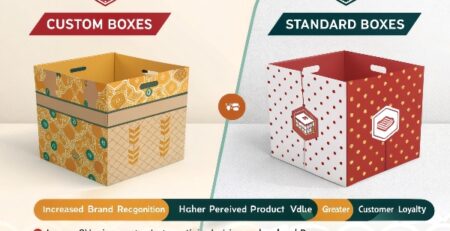

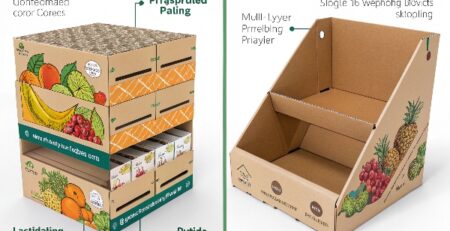

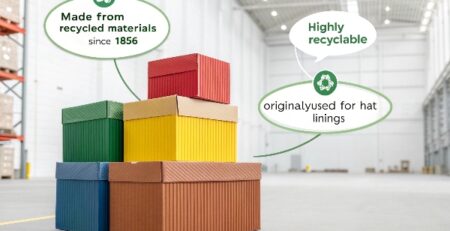
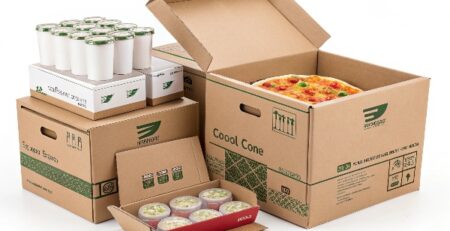
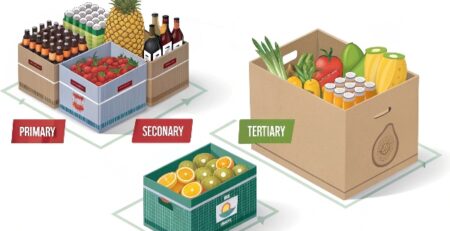
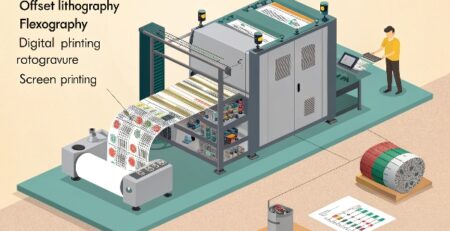
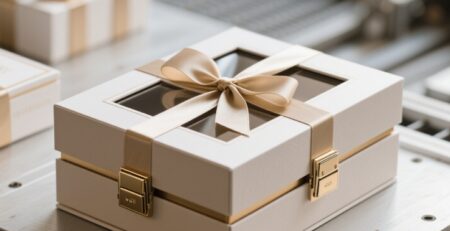
发表回复